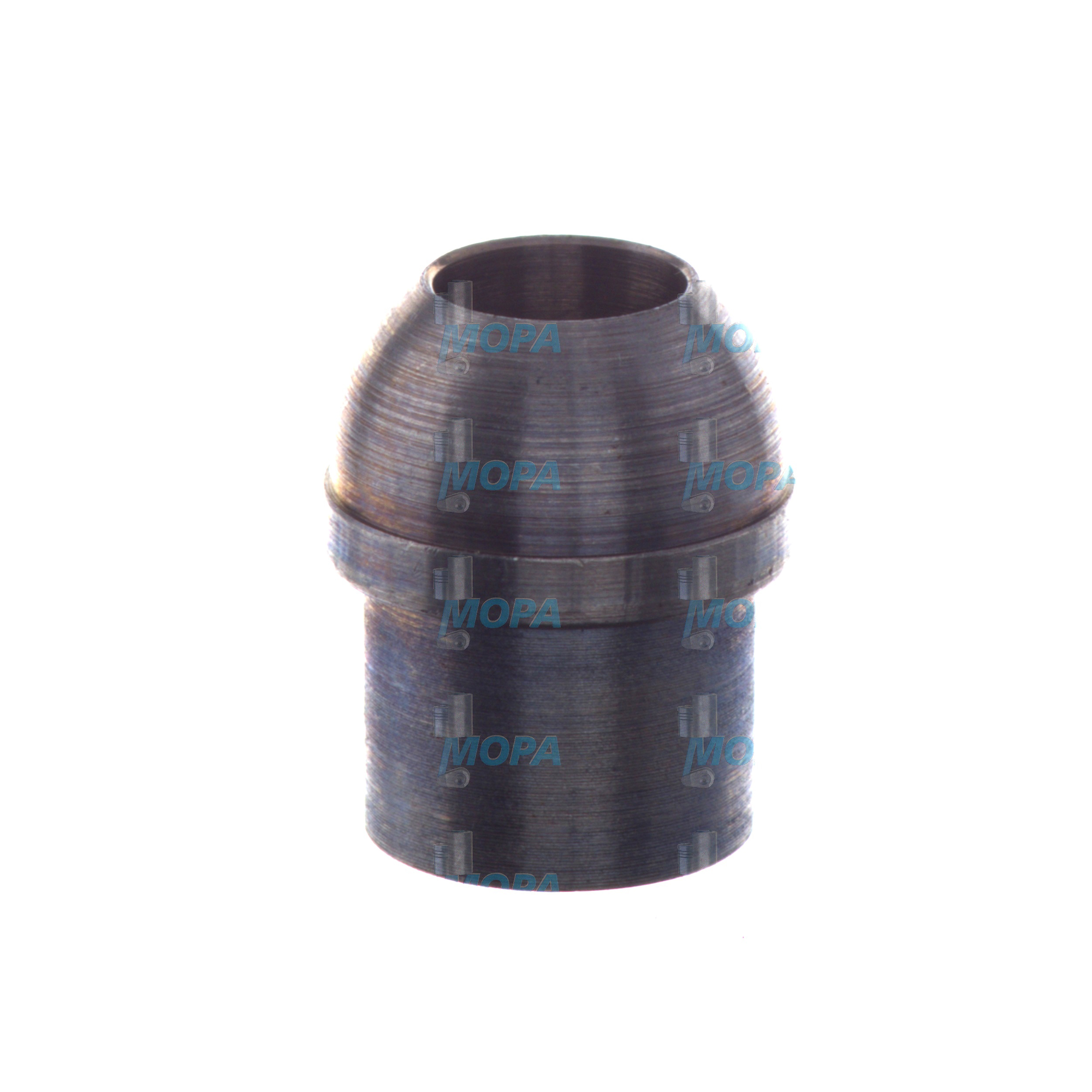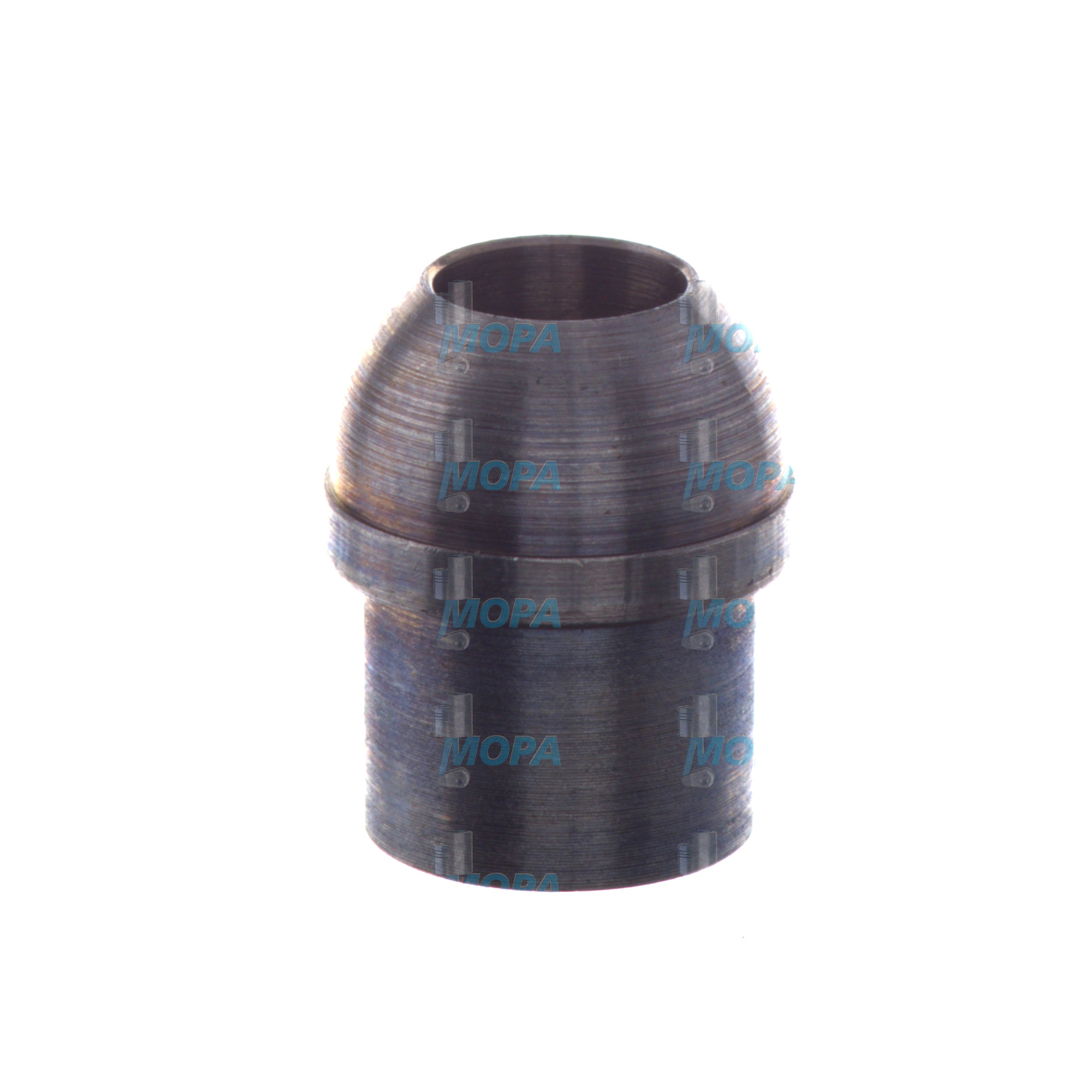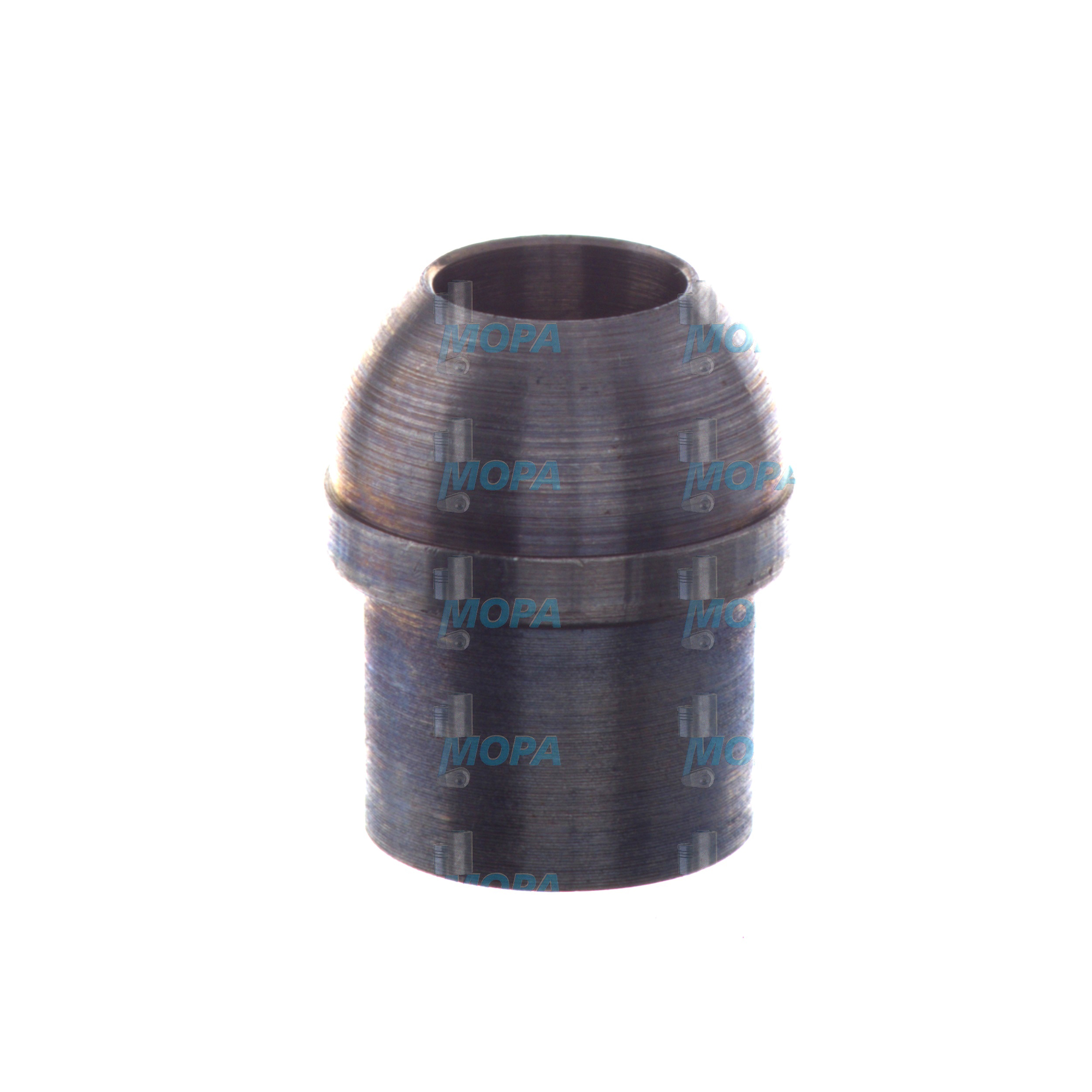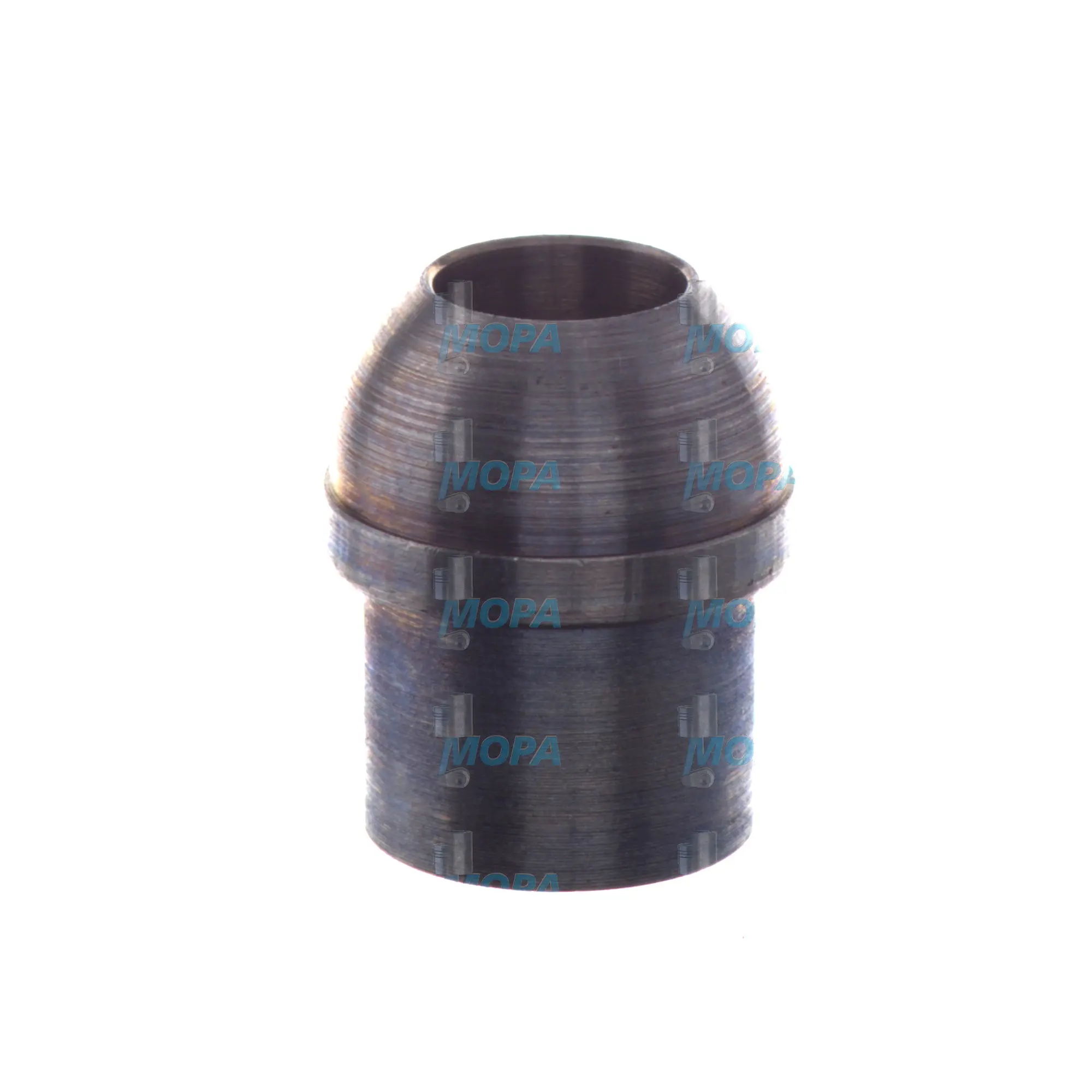BALL-TYPE NIPPLE insights for precision Sleeves in marine and diesel engines
Sleeves—often referred to as cylinder liners—are the replaceable wear surfaces installed in the engine block to form the combustion cylinder. In heavy-duty diesel and gas engines, especially in marine propulsion and power generation, sleeves are fundamental to durability and performance. They create the running surface for the piston rings, seal combustion, and transfer heat into the coolant circuit. By isolating the engine block from direct wear and thermal shock, sleeves enable reliable overhauls, predictable maintenance intervals, and consistent compression over long operating hours.
Two principal designs are used: dry sleeves that are pressed into the block bore, and wet sleeves that contact coolant directly via sealing rings. Material selection (typically high-grade centrifugally cast iron with optimized graphite structure) and precise honing are engineered to maintain an oil film, resist scuffing, and control blow-by. For shipowners and technical buyers, the right sleeves safeguard fuel efficiency, reduce oil consumption, and prevent costly downtime.
Sleeves in diesel engines and their link to BALL-TYPE NIPPLE service points
Within a diesel or gas engine, the sleeve performs three critical functions: it provides a low-friction, wear-resistant bore for the piston-ring pack; it forms a precise sealing interface to preserve compression and minimize blow-by; and it acts as a thermal bridge, transferring combustion heat to the coolant with a stable temperature gradient. The surface topography—cross-hatch angle, plateau finish, and controlled roughness parameters—retains lubricant and enables correct ring bedding during commissioning and after overhaul. In wet-liner designs, elastomeric packings at defined lands keep coolant and combustion spaces strictly separated, while liner protrusion ensures proper head-gasket load distribution.
In practice, sleeve performance is closely supported by correct lubrication and service routines across the engine. Technicians often rely on centralized lube points—such as a BALL-TYPE NIPPLE marine engine fitting on associated mechanisms or guides—to maintain components that influence liner alignment, vibration behavior, and ring motion. During overhauls of a BALL-TYPE NIPPLE diesel engine installation, care for these service connections, together with precise sleeve measurement (ovality, taper, and protrusion), helps preserve ring sealing and cylinder condition. When sourcing BALL-TYPE NIPPLE OEM parts for your maintenance kits alongside sleeves, you support a coherent service strategy that protects the liner-rings-cylinder system as a whole.
- · Wear surface engineered for ring-pack compatibility and low scuffing.
- · Accurate geometry: roundness, cylindricity, and controlled protrusion.
- · Optimized heat transfer from combustion to the coolant jacket.
- · Plateau-honed finish for stable oil film and fast ring bedding.
- · Wet-liner sealing with robust packing materials and groove design.
- · Anti-cavitation and corrosion resistance in coolant-exposed areas.
- · Options such as anti-polishing rings to reduce top-land deposits.
- · Traceable metallurgy to match piston, ring, and block design.
Why sleeves are critical for reliable engine operation
The condition of sleeves governs compression stability, thermal balance, and friction losses—key determinants of power density and fuel economy. As liners wear or glaze, blow-by increases, oil consumption rises, and ring stability deteriorates. Scuffing or micro-seizure can escalate to piston damage and unplanned stoppages. In wet-liner engines, coolant chemistry or improper mount conditions can lead to cavitation pitting; left unchecked, this may perforate the liner, allowing coolant to enter the cylinder or oil sump and risk bearing failure. Seal degradation at the liner lands can cause coolant leaks, white smoke on start-up, and contamination of lubricating oil. Maintaining correct protrusion and surface finish also protects the head gasket and prevents fretting at the liner-seat interface.
For purchasers and superintendents, this translates into direct operational risk if sleeves are out of tolerance: loss of efficiency, elevated emissions, higher lubricant costs, and potential off-hire. Routine borescope checks, compression trend analysis, and coolant monitoring, combined with timely sleeve replacement, sustain predictable TBOs and protect the entire combustion chamber assembly.
Advantages of OEM spare parts suitable for Sleeves
Choosing OEM spare parts suitable for sleeves ensures the metallurgy, geometry, and surface preparation align with the engine maker’s combustion and cooling concept. That alignment is not cosmetic—it is the core of reliable sealing and controlled wear.
Performance, reliability, budget, and service life
OEM spare parts suitable for sleeves deliver measurable advantages for fleet operators and power-plant owners:
- · Consistent hardness and microstructure for predictable wear rates.
- · Honed surface produced to the correct Rk profile for your ring pack.
- · Tightly held bore size, taper, and out-of-round to protect efficiency.
- · Correct liner protrusion heights for stable head-joint loading.
- · Seal groove tolerances matched to approved packing compounds.
- · Lower risk of cavitation thanks to validated liner wall design.
- · Reduced installation time and rework; faster return to service.
- · Better total cost of ownership through extended intervals and fewer unscheduled repairs.
When paired with properly selected service components—including compatible BALL-TYPE NIPPLE OEM parts for lubrication points on related assemblies—these sleeves help maintain stable friction levels, minimize oil consumption, and protect pistons and rings across long duty cycles.
MOPA: fast, high-quality, and secure supply of OEM parts for Sleeves
MOPA is an experienced and reliable partner for OEM spare parts suitable for sleeves. Our focus is speed, quality, and security in the trade of OEM parts for diesel and gas engines used in marine and stationary applications. We support purchasing teams with responsive RFQs, technical clarification, and traceable documentation, so you receive the right sleeves with the correct specifications for your engine variant. From wet-liner sealing sets to matched piston-ring packs and complementary items like BALL-TYPE NIPPLE marine engine service fittings, MOPA helps you assemble coherent maintenance kits that reduce downtime and risk.
Conclusion: sleeves and OEM spare parts keep engines efficient
Sleeves are the heart of the combustion chamber interface, controlling sealing, heat transfer, and wear in every marine and diesel engine. Keeping them within specification preserves performance and extends overhaul intervals. OEM spare parts suitable for sleeves—and thoughtful inclusion of supporting items such as BALL-TYPE NIPPLE diesel engine service fittings—deliver the precision, reliability, and lifecycle value that purchasing and technical teams depend on.








